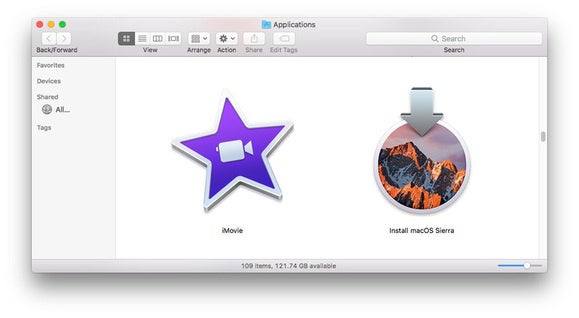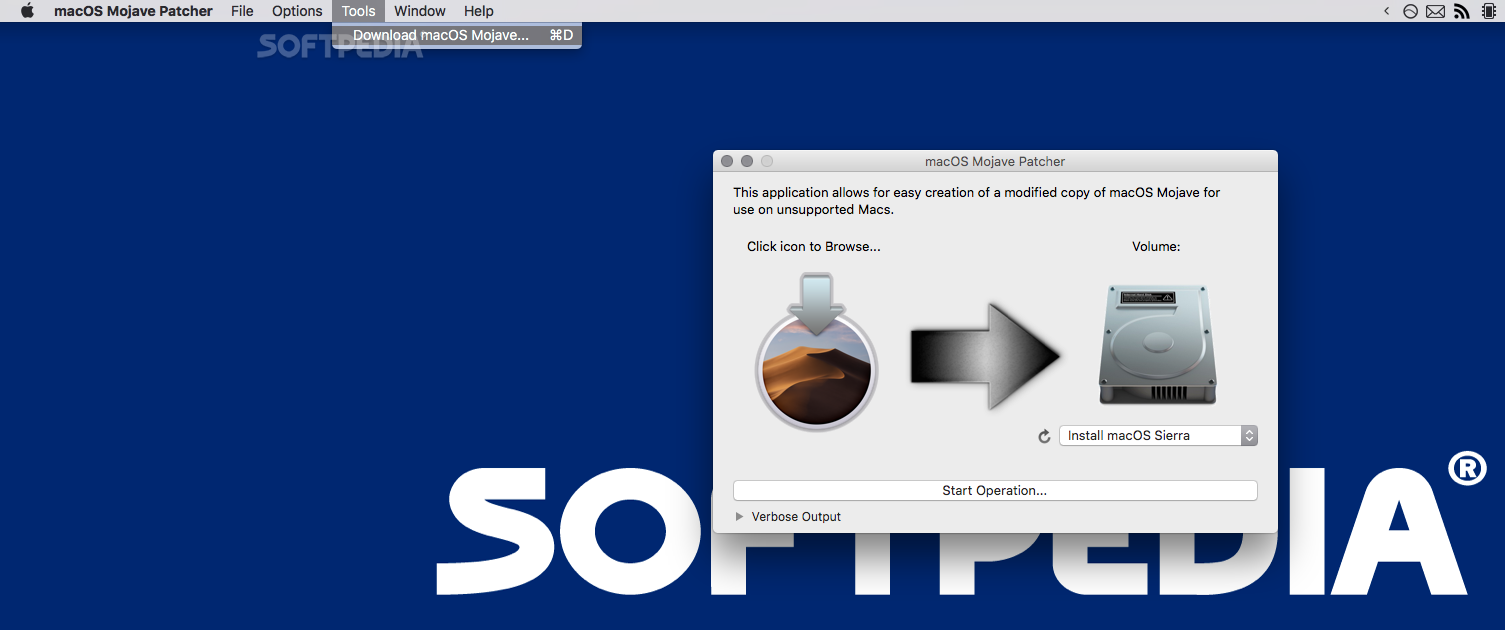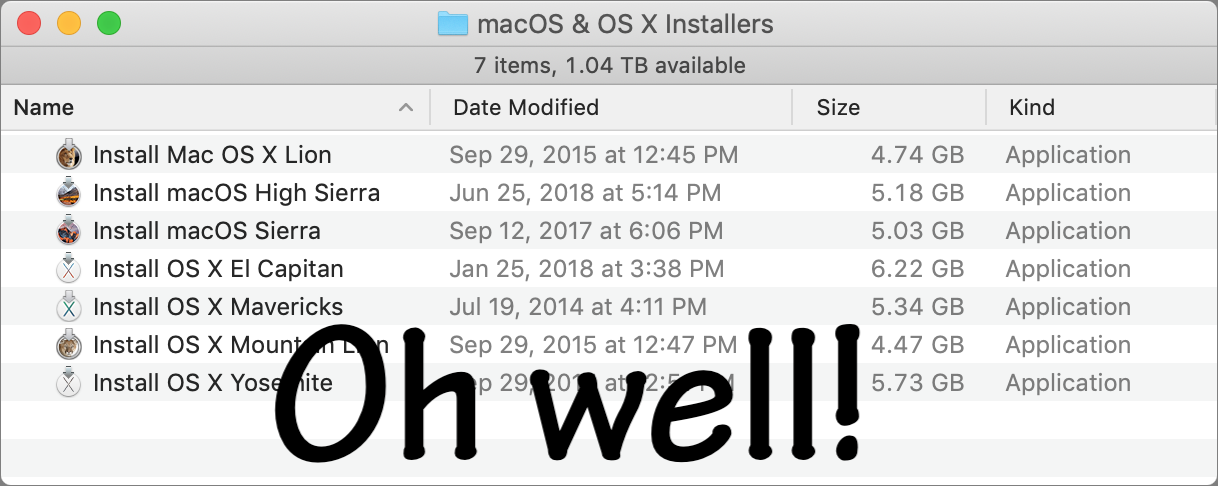

- Make a bootable cd for mac os x high sierra install#
- Make a bootable cd for mac os x high sierra windows 10#
- Make a bootable cd for mac os x high sierra password#
- Make a bootable cd for mac os x high sierra Pc#
- Make a bootable cd for mac os x high sierra iso#
This single command will erase the USB stick, make it bootable by adding a Master Boot Record (MBR) and create a Windows-friendly filesystem (FAT) on it: :~ $ diskutil eraseDisk MS-DOS "WIN10" MBR disk9įormatting disk9s1 as MS-DOS (FAT) with name WIN10 Step 3: format USB stick for Windows boot If you’re burning a Linux ISO, skip this and go to the Creating Linux bootable USB section below, it has its own steps.

IMPORTANT: these steps are only needed for Windows ISOs. Sure enough, it’s mounted as /Volumes/NONAME! Creating Windows bootable USB
Make a bootable cd for mac os x high sierra Pc#
This time I can see there’s a disk9 showing up, with 64GB of size which matches my USB stick size: :/ $ diskutil listĬhances are, your USB stick has a PC standard FAT16/FAT32 filesytem, and will be mounted automatically. :/ $ diskutil listĢ: Apple_APFS Container disk1 500.0 GB disk0s2Ġ: APFS Container Scheme - +500.0 GB disk1ġ: APFS Volume Macintosh HD 466.2 GB disk1s1Ģ: Apple_APFS Container disk3 29.8 GB disk2s2Ġ: APFS Container Scheme - +29.8 GB disk3Ġ: Apple_partition_scheme +173.1 MB disk4ġ: Apple_APFS Container disk6 80.0 MB disk5s1Ġ: APFS Container Scheme - +80.0 MB disk6ġ: APFS Volume Raven-Core 70.1 MB disk6s1ġ: Apple_HFS F-Secure XFENCE 18.1 MB disk7s1Ģ: Apple_HFS Backups 3.0 TB disk8s2 Step 2: Insert USB stick an re-run diskutil list This is simply so that you can run the same command again after inserting USB and easily spot the USB device. Use the diskutil command to list all disks and partitions on your Mac. Step 1: Confirm partitions before inserting USB
Make a bootable cd for mac os x high sierra iso#
use dd command to burn Linux installation ISO onto USB stick.copy all the files from that folder onto the USB stick.format USB stick with FAT-32 filesystem.erase USB stick and create MBR (master boot record).So the first two steps are the same, then Windows and Linux have separate procedure. For generic Linux installation ISOs this procedure would be simpler.
Make a bootable cd for mac os x high sierra windows 10#
Windows 10 is a very specific bootable media, so the process is a bit involved. All of these need to be done in the Terminal app. Here are the steps I had to take on my MacBook, originally procedure was written in macOS High Sierra, but I tested it in MacOS Mojave 10.14.2 as well. This approach will be simpler for any other ISO image like Ubuntu or CentOS, so there’s a separate Steps 3-5 for them at the end of the post.
Make a bootable cd for mac os x high sierra install#
Since it’s possible to boot and install Windows 10 from USB, that’s what I decided to do: download Window 10 ISO and burn it one of the USB sticks I have. You can now quit Terminal and eject the volume.I needed to reinstall one of my Windows PCs at home recently, and realised that I only have Windows 7 DVDs, but no Windows 10s. When Terminal says that it's done, the volume will have the same name as the installer you downloaded, such as Install macOS Big Sur.After the volume is erased, you may see an alert that Terminal would like to access files on a removable volume.Terminal shows the progress as the volume is erased. When prompted, type Y to confirm that you want to erase the volume, then press Return.Terminal doesn't show any characters as you type your password.
Make a bootable cd for mac os x high sierra password#


* If your Mac is using macOS Sierra or earlier, include the -applicationpath argument and installer path, similar to the way this is done in the command for El Capitan. Sudo /Applications/Install\ OS\ X\ El\ Capitan.app/Contents/Resources/createinstallmedia -volume /Volumes/ MyVolume -applicationpath /Applications/Install\ OS\ X\ El\ Capitan.app Sudo /Applications/Install\ macOS\ High\ Sierra.app/Contents/Resources/createinstallmedia -volume /Volumes/ MyVolume Sudo /Applications/Install\ macOS\ Mojave.app/Contents/Resources/createinstallmedia -volume /Volumes/ MyVolume Sudo /Applications/Install\ macOS\ Catalina.app/Contents/Resources/createinstallmedia -volume /Volumes/ MyVolume Sudo /Applications/Install\ macOS\ Big\ Sur.app/Contents/Resources/createinstallmedia -volume /Volumes/ MyVolume If it has a different name, replace MyVolume in these commands with the name of your volume. These assume that the installer is in your Applications folder, and MyVolume is the name of the USB flash drive or other volume you're using. Type or paste one of the following commands in Terminal.Open Terminal, which is in the Utilities folder of your Applications folder.Connect the USB flash drive or other volume that you're using for the bootable installer.


 0 kommentar(er)
0 kommentar(er)
